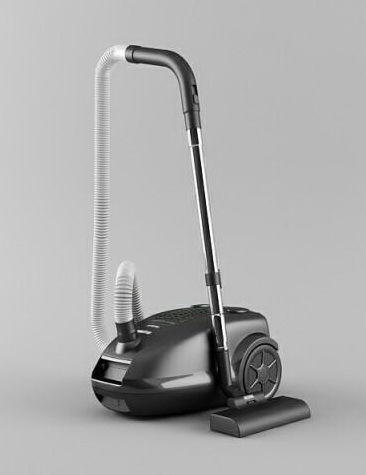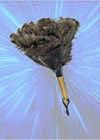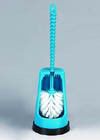PO Box 310, Wodonga VIC 3690

Border Cleaning Services Pty. Ltd.
 Vacuum Cleaner
Vacuum CleanerThe First Vacuum Cleaner was patented as a "suction cleaning devise" in 1901 by Hubert Cecil Booth. It wasn't exactly portable - Booth's first vacuum was a wagon and long hoses were pushed into a house to suck up the dirt.
An American janitor James Spangler made a smaller version in 1907, one that a person could actually carry around while cleaning up. His brother-in-law, William Hoover, bought Spangler's invention and started Hoover Vacuum Company.
 Feather Duster
Feather DusterThe Feather Duster is a patented invention. The patent was awarded in 1876 to Susan Hibbard, who had to fight her own husband, George Hibbard, in patent court because he claimed the invention as his own. Susan Hibbard's idea was prompted by seeing turkey feathers, which she thought could be useful, thrown away as waste.
Other early feather dusters were made of goose feathers which were soft and sprang back to their shape. Feathers were also used to make small brushes for buttering loaves of bread to keep them soft; these were similar to modern basting brushes except that the use of feathers fell out of fashion.
To make brushes for the hearth and the stove, wings still bearing their feathers from geese, chickens, and turkeys were popular "wing dusters," although they had to be kept from cats and dogs and were also meals for insects and moths. By 1900, dusters made of ostrich feathers were preferred for both light and demanding dusting because of their durability.
 Toilet Brushes
Toilet BrushesThe Toilet Brush. In the 1930's, the Addis Brush Company created the first artificial Christmas brush trees, using the same machinery which made their toilet brushes! In general, the type of material used to make a brush and its design was dictated by the intended use.
The hair of animals such as horses, oxen, squirrels and badgers was used in household and toilet-brushes. Various types of plant fibers have been used, such as the piassava obtained from a Brazilian palm and palmyra bassine derived from the palmyra palm of Africa and Sri Lanka. Brush bristles were joined to handles and backs of wood, plastic or metal.
 Flush Toilets
Flush ToiletsThe Flush Toilet. An invention that has profoundly affected modern civilization was the flush toilet would probably be foun that has had the most impact on the very size and concentration of human civilization is none of these. Rather, it is the toilet
In 1933 Harry Drackett invented Windex, a product that still keeps windows clean.